Since times immemorial, the moon has attracted the attention of people. Songs were composed about it, canvas painted, stories and novels written. Cinema was no exception. In honor of the next anniversary of the first man landing on the moon, the team of The Universe Space Tech have compiled a selection of the five most remarkable films about the natural satellite of our planet.
Woman in the Moon (1929)
The moon first appeared on the screen just a few years after the creation of the cinema — in the silent film A Trip to the Moon, which was released in 1902. However, for all its notoriety, it was still a mere farcical comedy. The first truly “profound” film about our natural satellite was Woman on the Moon by the German director Fritz Lang.
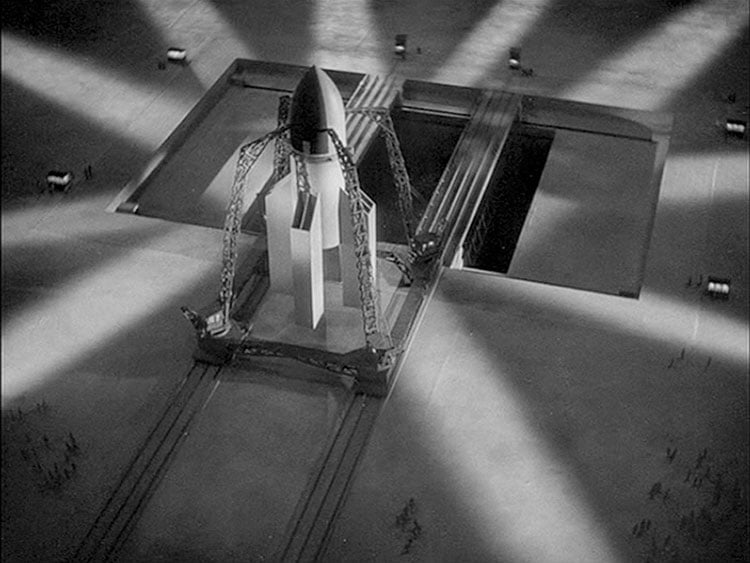
Woman on the Moon can be interesting to the modern viewer for several reasons. First, it is now considered the first ever space blockbuster. Secondly, the technical consultant of the picture was Hermann Oberth: an outstanding German engineer who is considered the founder of rocket engineering. In addition, 17-year-old Werner von Braun worked as a simple maintenance worker in the pavilion where the film was shot during his summer vacation of 1929. Forty years later, under his leadership, NASA made a real manned flight to the moon.
Of course, many moments related to the space flight, as well as the moon itself, now ignite a smile. However, in Woman in the Moon you can find surprisingly many details that coincided with the subsequent reality: from the type of launch complex to the use of a multi-stage liquid rocket. And finally, it was the creators of Woman in the Moon who invented the pre-launch countdown. It was originally intended as a dramatic device to build tension. But this method turned out to be so convenient that it was later naturally put into the practice of real rocket launches.
2001: A Space Odyssey (1968)
Of course, 2001: A Space Odyssey cannot be called exclusively a film about the moon. Kubrick’s motion picture covers a much wider spectrum — it is the evolution of humanity, the first contact with extraterrestrial life and the dangers of AI.
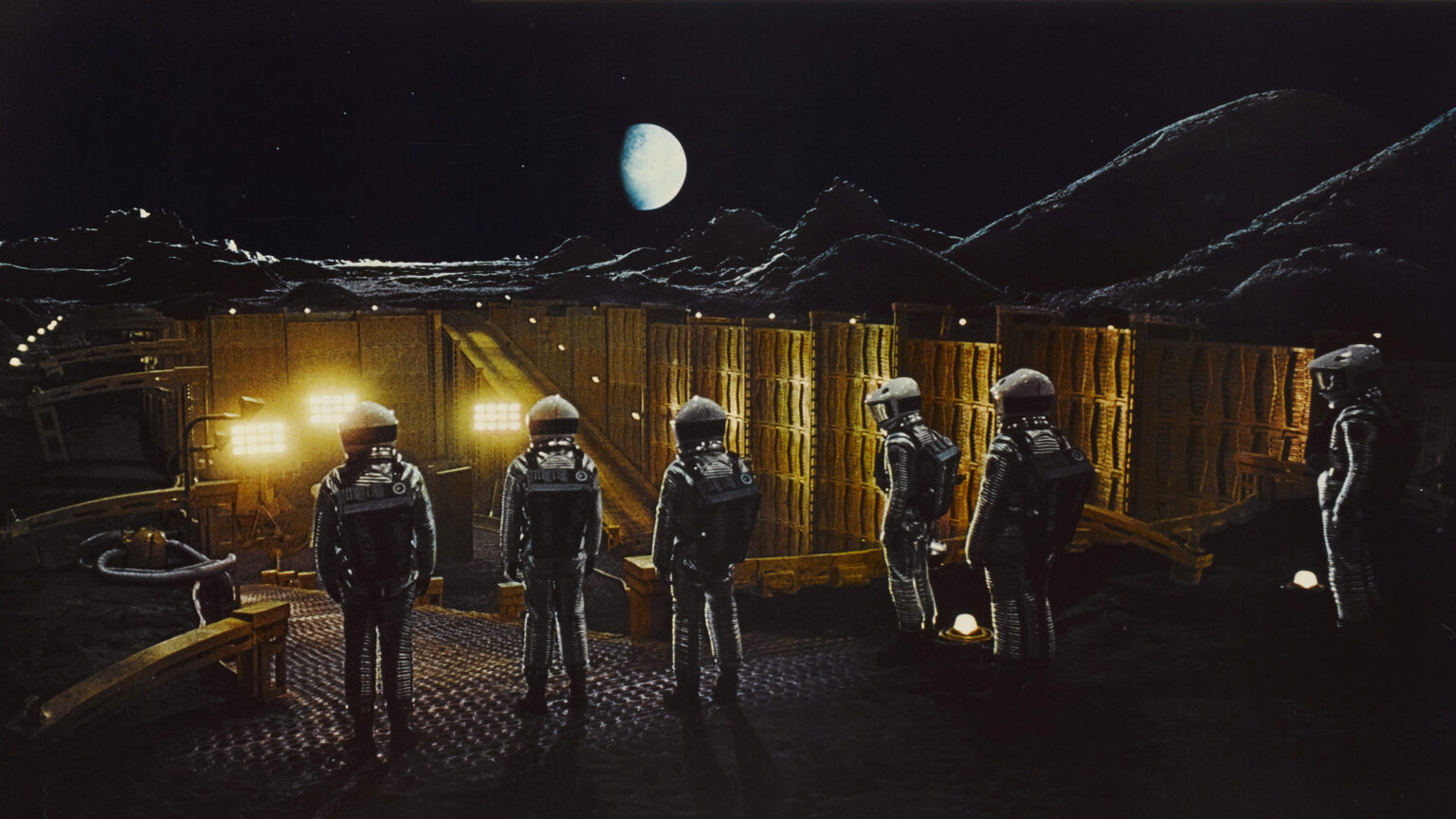
However, the natural satellite of our planet also plays a significant role in Space Odyssey. Despite the venerable age of Kubrick’s movie, the image of the near future created by it, when humanity has built bases on the moon, when regular passenger flights run between the Earth and the Moon, still looks very convincing. Many modern space entrepreneurs who are trying to make space accessible to ordinary people are focused on all of it.
The overall realism of the Space Odyssey even discredited it in a way, giving rise to many conspiracy theories that Kubrick was actually filming the actual Apollo missions to the Moon. Although, if you now carefully review the lunar scenes of Space Odyssey, it is not difficult to notice that despite the excellent visual component, as for those years, in some moments the creators still missed, making a number of mistakes. However, this in no way diminishes the significance of this motion picture, which has long since become a classic of science fiction.
Apollo 13 (1995)
There are trash space movies, there are good space movies, and there is Apollo 13. Ron Howard’s motion picture has long been the benchmark against which any space movie is compared. And it doesn’t surprise us. A brilliant cast, excellent direction and —most importantly — such a dramatic story, that Hollywood needed nothing to think up or even embellish. Almost everything we see in the movie took place in reality. They say that after watching the film, one of the critics even left an angry review, accusing the creators of spoiling a good motion picture with a trite Hollywood happy ending.
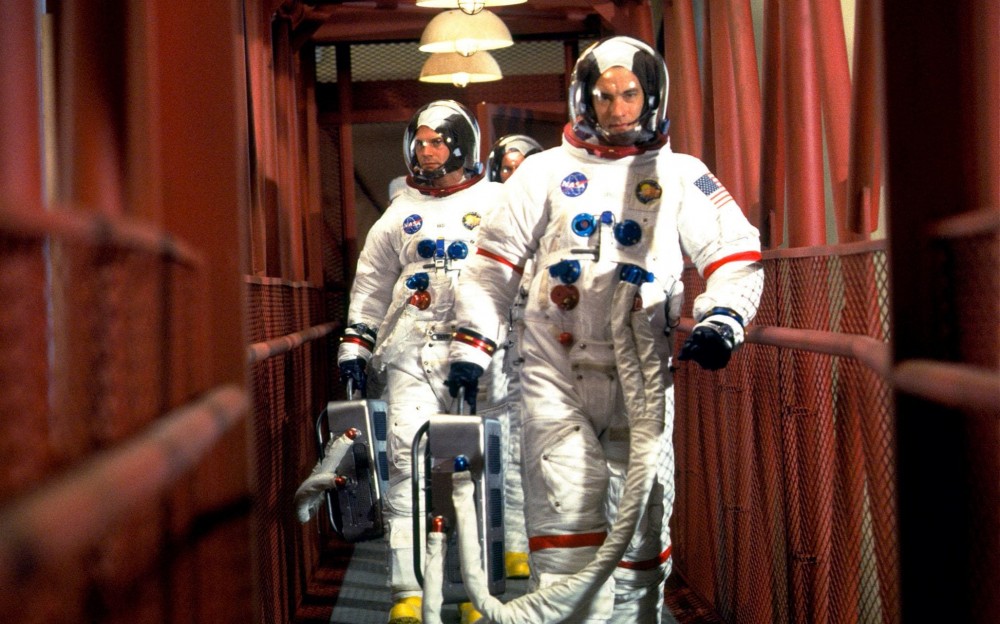
Another important trump card of the film is technical realism. The lunar and command module sets were created by a company that restored the real Apollo 13 command module. The costumes worn by the actors in the Saturn V rocket launch scenes were exact replicas of real NASA spacesuits. And the film features real zero gravity. Of course, the actors did not fly into outer space. Instead, they were put on the Vomit Comet.
The KC-135 plane, which is used by NASA to train future astronauts, is called the Vomit Comet. It flies in a parabolic trajectory, which allows reproducing the effect of zero gravity for about 25 seconds. For Apollo-13, spaceship scenery was placed inside the plane, where the episodes with weightlessness were later filmed.
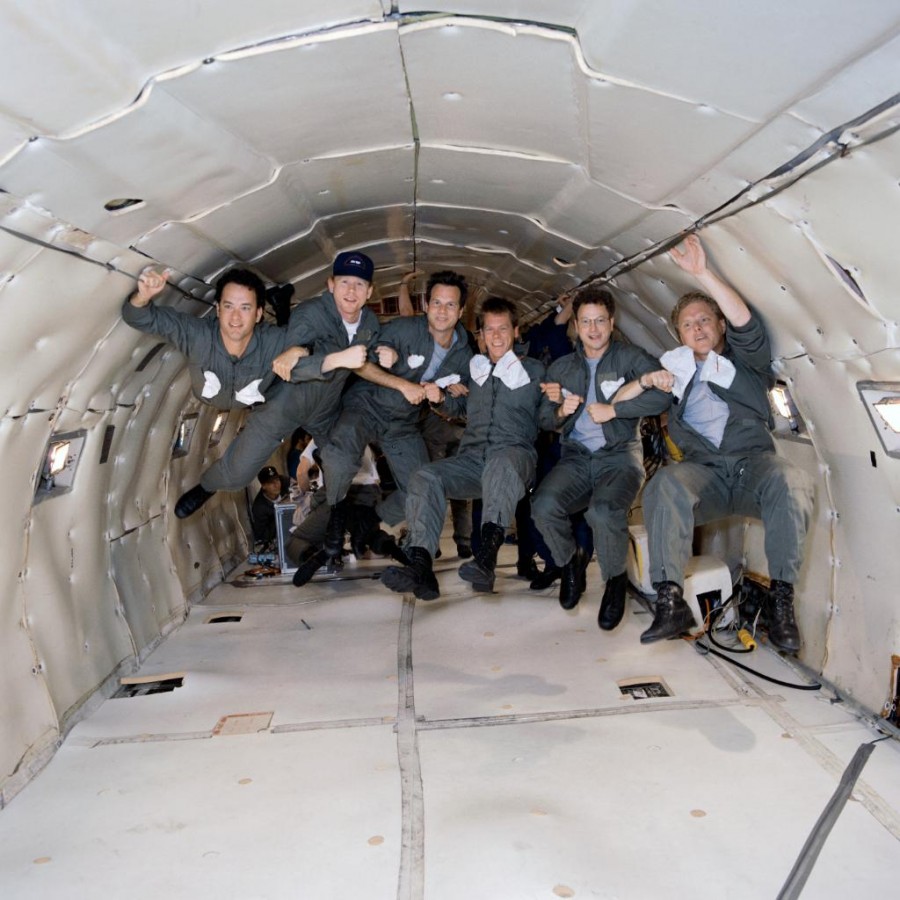
With that in mind, it’s no surprise that NASA regularly includes Apollo 13 in its lists of the best space movies. And the legendary flight director Gene Krantz, who participated in the rescue of the ship’s crew, liked the phrase “Failure is not an option,” uttered by his hero in the film, so much that he later chose it for the title of his autobiography.
Moon 2112 (2009)
While the rest of the films of our selection are devoted either to the first flights to the Moon or to its secrets, Moon 2112 is largely a social drama. Its action unfolds in the world of the future, when humanity has long mastered the natural satellite of our planet and uses it for industrial excavation of helium-3.
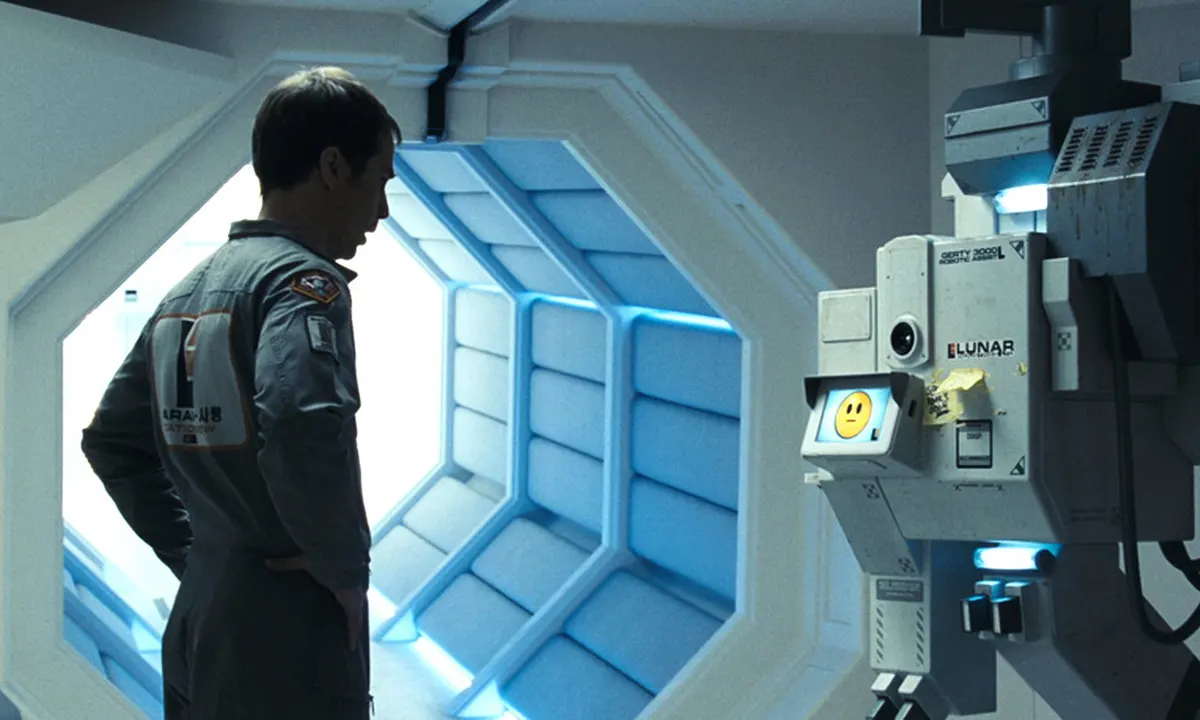
Actually, Moon 2112 cannot boast of a huge budget. This is a very minimalistic story. But the movie attracts attention not by its scale, but by the mass of interesting ideas, difficult moral dilemmas, style, music and the wonderful acting of Sam Rockwell.
Of course, the melancholic mood of Moon 2112 and the calm pace of the story is a specific pleasure —not all viewers would appreciate it. But those who value ideas and its expression above trick effects will most likely like this movie by Duncan Jones.
First Man (2018)
In 1969, Neil Armstrong became the first man on the moon. But who was he as a person? It is difficult to answer this question, because the astronaut did not leave official memoirs and was not very willing to communicate with the press. At the same time, it is no secret that Armstrong was remembered by all his relatives and friends as an exceptionally modest person. And after the flight to the moon, he did not become a hostage to fame; he rejected a lot of very profitable offers both in the domains of business and politics.
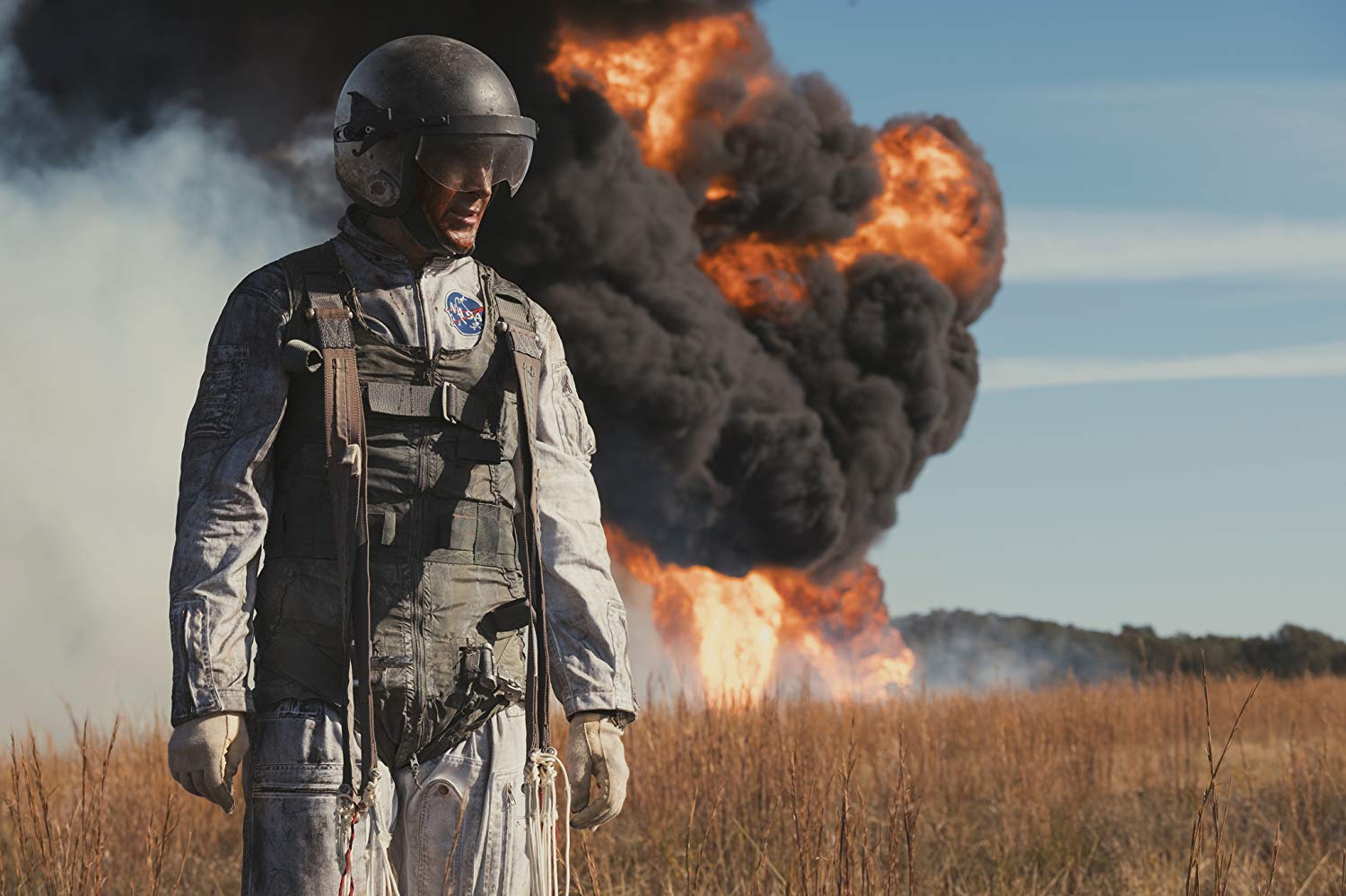
Damien Chazelle’s film First Man is one of the attempts to answer the question of who Armstrong was. The film is based on the book First Man: The Life of Neil A. Armstrong and offers its own, rather melancholy, version of the protagonist’s decision to become an astronaut and fly to the moon.
It is worth saying that the interpretation chosen by the director divided both cosmonautics fans and viewers. Someone praises it, someone, on the contrary, believes that Chazelle greatly exaggerated, portraying Armstrong as too closed in himself, aloof and eternally melancholy person, whom in fact is hard to imagine being chosen to fly to the moon.
But as for the technical side of the motion picture, it is fair to say that it doesn’t ignite any questions at all. The X-15 flights, the rocket launches, the unsuccessful docking in orbit, the dramatic landing of Apollo 11 — all these episodes are produced at the highest possible technical level. Thanks to this, when watching the film, you really begin to feel what it’s like to be in a coffin-like cramped spaceship, protected from the hostile and lifeless outer space by a thin shell. This alone is itself enough to pay attention to the First Man.
